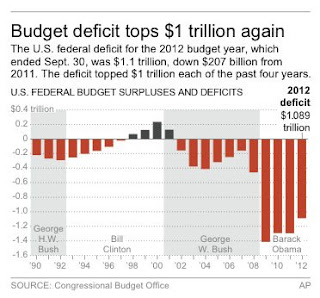The SPDR Gold Trust (GLD) looks poised to post a fourth down week in a row, which has prompted some option traders to begin picking a bottom. Yesterday the largest GLD trade was the sale of 20,500 Nov. 162 puts for $0.77. Selling a put allows you to pick a level you are willing to buy the stock at and collect premium while you wait for the stock to come to your entry. This option trade allows you to effectively buy GLD at 161.23, which coincides with the 200-day moving average at 161.44.
The recent sell off in gold can be attributed to moderate strength in the dollar and risk asset selling. Since the beginning of October Gold, Crude Oil, the S&P 500, and the 10-year bond are all lower while the US dollar index is higher. In the short term I would not be surprised to see gold continue to trade a bit lower. However, once the Fed’s QE-infinity has run for a few months the monetary base will be much higher and increasing inflation expectations are likely to take GLD higher. Picking a bottom in a market is always tough but for a long-term investor buying GLD around the 200-day moving average is likely to look like a brilliant trade a few years. Worldwide central bank liquidity programs mean that the fundamentals driving gold’s rally over the past few years are still very much in place; it is only a matter of time before the effects of quantitative easing are seen in the economic data and send gold higher.
 Brian Stutland
Brian Stutland 


 Joe Tigay
Joe Tigay 

